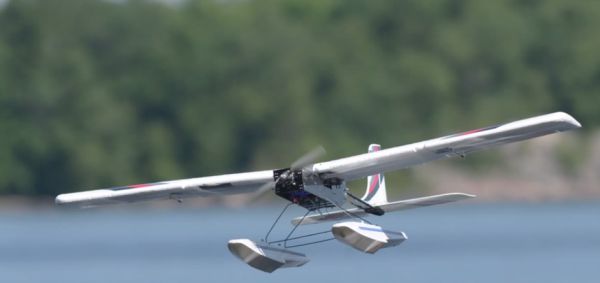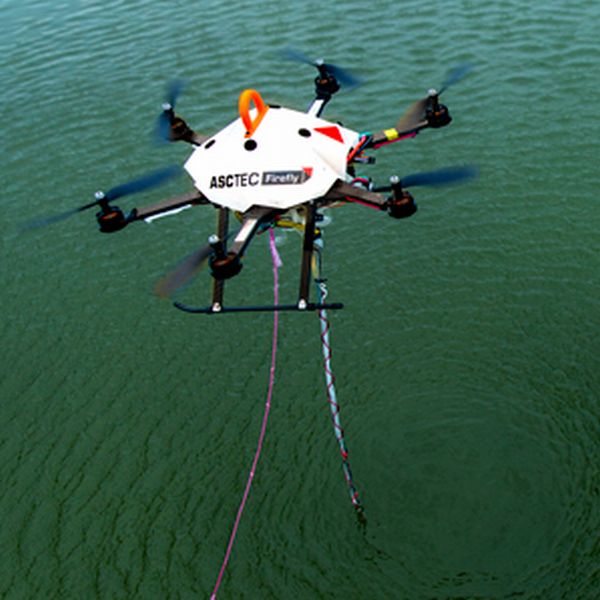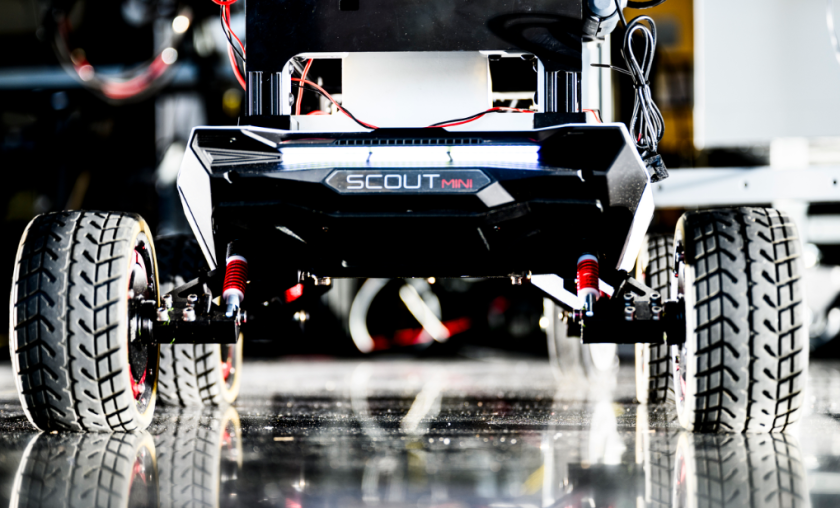Drones embedded with cameras or infrared sensors have been doing well in areas like farming and surveillance but it seems that researchers are looking forward to extend the current restrictions. Thinking on these terms, some engineers have come up with tiny crafts that have an ability of scooping up water samples for identifying invasive species and checking oil leaks over the surface. Some drones of the similar kinds have been upgraded as they can even carry out rudimentary analysis on the collected water sample. This would come as a handy tool for experts in the fields of ecology and oil industry.
PrecisionHawk UAV for Water Sampling/Surveying
PrecisionHawk, one of the commercial drone companies in North Carolina is already working on testing of sampling drone in collaboration with a few oil industries. The craft is in the form of a seaplane with a pump fitted on its pontoons. The pump sucks in the viscous swampwater sodden with bugs, mud and algae. The sampling is then whisked to the lab for checking traces of oil leaks or spills. Following is a similar drone is action:
As per Ernest Earon, PrecisionHawk CEO Alaska is saturated with numerous ponds and lakes. Getting water samples from these bodies and directing back to the lab is a tedious task hence the team is working towards an advanced drone that could carry a tiny spectrometer for analyzing the water on the fly. This would also help in cutting back the energy-draining and time-consuming trips.
Quadcopter drone for DNA extraction and sequencing
With an aim of gathering environmental DNA (eDNA) left by plants, animals and other organisms, Professor YangQuan Chen at the University of California is working on a quadcopter drone that lands on water and scoops back sample to lab for DNA extraction and sequencing. Examining eDNA helps in tracking infections and endangered or invasive species. Professor Chen added that there are certain water bodies that are unreachable so for these places, drones would come as a handy tool.
Co-Aerial Ecologist drone
Carrick Detweiler from the University of Nebraska-Lincoln is working on Co-Aerial Ecologist drone that makes use of one-meter dangling tube for sucking in water onboard like a straw. Once the small amount of water is collected, the sample is measured for temperature and conductivity by the drone itself. The craft has not only tested a couple of artificial lakes for toxic algae but it has also looked for larvae of the invasive zebra mussel in Nebraska.
Drones buzzing like mosquitoes
Future of drones looks promising because of its affordability and ease of use. No formal training is required to fly a drone hence it seems that scale of consumer adopting the craft will surely surge. I hope the consumption does not reach the extend that we see these drones buzzing the sky like mosquitoes.
Source: MIT Technology Review





